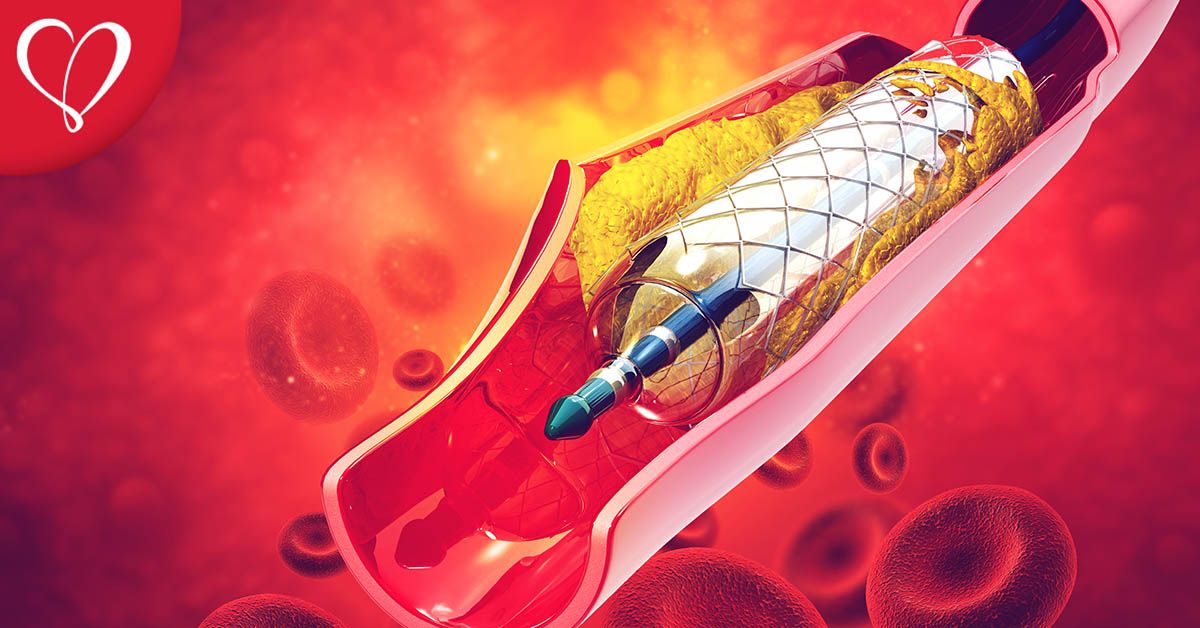What is a stent and when are they needed
A stent is a tiny tube that is placed inside of an artery or a blood vessel or any other conduct (such as the one that transports urine) the ultimate goal of maintaining the structure open.
Haga su cita desde aquí:
A stent is a tiny tube that is placed inside of an artery or a blood vessel or any other conduct (such as the one that transports urine) the ultimate goal of maintaining the structure open.
Desciprtion of the process
When a stent is this placed inside the body (vascular endoprosthesis) the procedure is known as “senting”. There are different kinds of stents, the majority of them are composed of a material similar to a plastic mesh or a metal mesh. However, stent grafts are made with a type of fabric and are used in larger vessels.
An intraluminal stent of the coronary artery is a tiny tube that auto expands into metal mesh which remains in the coronary artery after a balloon angioplasty is done, and prevents a new closure of said artery.
A drug eluting stent is covered with medication that gets released to help prevent a new closure of the artery and just the same as the other coronary artery stents it remains permanently within the artery.
Why are these procedures done?
Most of the time these stents are used to treat injuries that result after arteries get stretched or blocked. These devices are also used to remove obstructions or to maintain other tubular structures in the body open, including biliary ducts, ureters (structures that conduct urine from the kidneys to the bladder) and the bronchioles (small air duct within the lungs)
Stents are commonly used to treat the following injuries that result from injured or blocked blood vessels.
- Coronary artery disease angioplasty spent placement in the heart
- Peripheral vascular disease (Angioplasty and stent placement on the injured peripheral artery)
- Renal artery stenosis
- Abdominal aortic aneurysm (endovascular repair of and abdominal aortic aneurysm)
- Carotid artery disease (surgery of the carotid artery)
Other reasons to use tense could be
- Opening an injured or blocked ureter (percutaneous urinary procedures)
- Treatment for aneurysms including aneurysms of the aortic aorta.
- Maintaining flow of biliary ducts and pathways when they are blocked (Biliary stenosis)
- Maintaining a respiratory pathway open when a blockage exists.
Contact us through Messenger or call us at 664343139
Grupo Cardiovascular de Tijuana
Misión de San Diego 1527, Zona Urbana Rio Tijuana, 22010 Tijuana, B.C.






